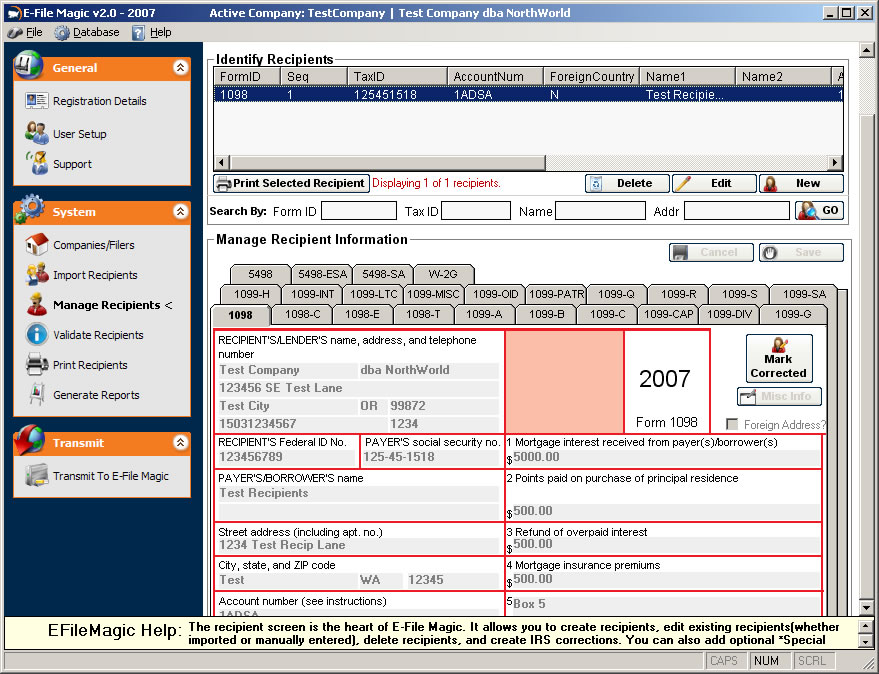
In Ubuntu, you can install Wine by: sudo apt update Once confirmed, do this by executing the following command: sudo dpkg -add-architecture i386 If you don’t know whether you have a 32-bit installation or 64-bit, check this article on how to check if you have a 32-Bit or 64-Bit Computer. If you are using a 64-bit installation of Ubuntu, you will need to add 32-bit architecture support on your distro which will benefit you in installing specific software. Most of the time the latest stable version of Wine is available via the package repository.

Almost all the Linux distros come with Wine in their package repository. There are various ways to install Wine on your system. In simple and non-technical words, Wine converts internal Windows commands to commands your Linux system can natively understand. While a virtual machine or emulator simulates internal Windows logic, Wine translates those Windows logic to native UNIX/POSIX-complaint logic. Rather it is a compatibility layer for running Windows applications on UNIX-like, POSIX-compliant operating systems (e.g. And as previously stated, it’s not even a virtual machine. And WINE is actually an acronym for that. Using Wine to run Windows programs in Linux I have used Ubuntu here as Ubuntu is one of the best Linux distros for beginners, but any other Linux distribution will have more or less the same steps (except for the commands in Arch or Fedora-based distros). In this beginner’s guide, I’ll show you what Wine is and how to use it to run Windows software on Linux. If you aren’t yet familiar with it or you are a beginner in the world of Linux, this article is for you. No worries, there is another way to use Windows software on Linux.

Moreover, Virtual Machine can’t utilize the total power of your machine. If you only need to use a small Windows application, installing Windows on a separate HDD partition or as a Virtual Machine is not efficient.

Installing Windows as a virtual machine on Linuxīoth of them work just fine.Installing Windows on a separate HDD partition.Here are some of the ways for running Windows programs with Linux: Yes, you can run Windows applications in Linux. And every once in a while, you find yourself asking: can I run windows applications on Linux? As you’re here, I’m going to assume that you’re a Linux user.


 0 kommentar(er)
0 kommentar(er)
